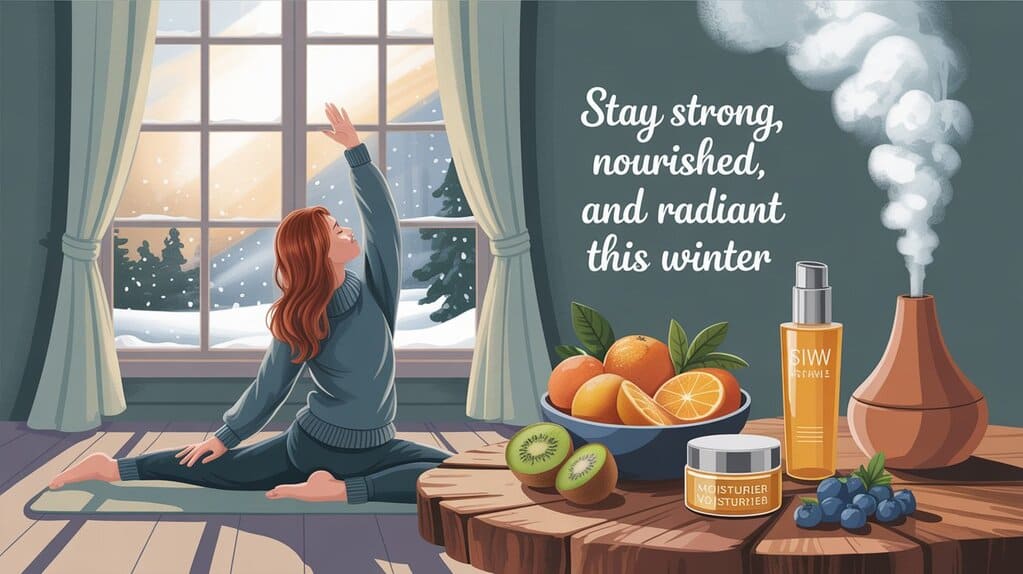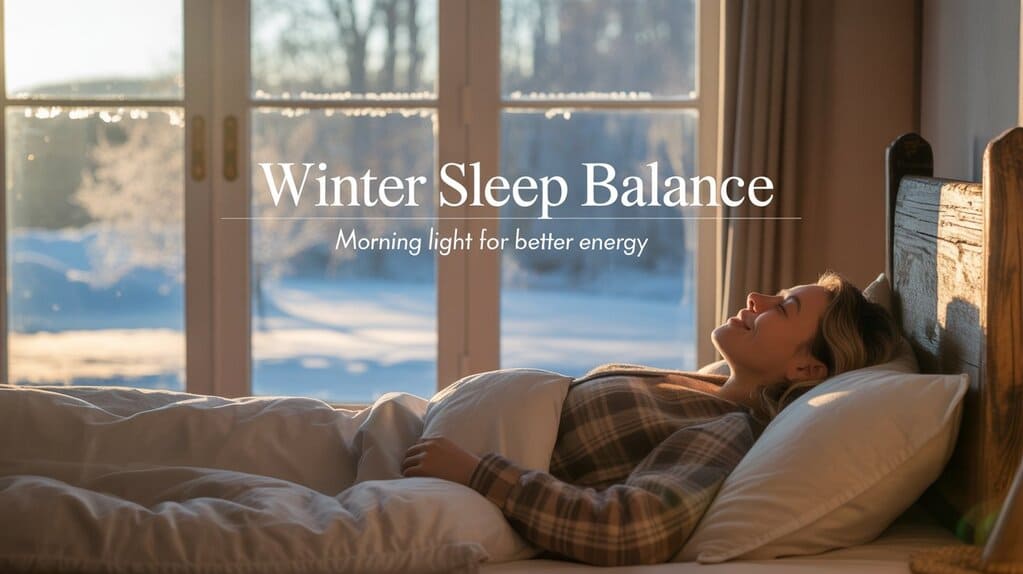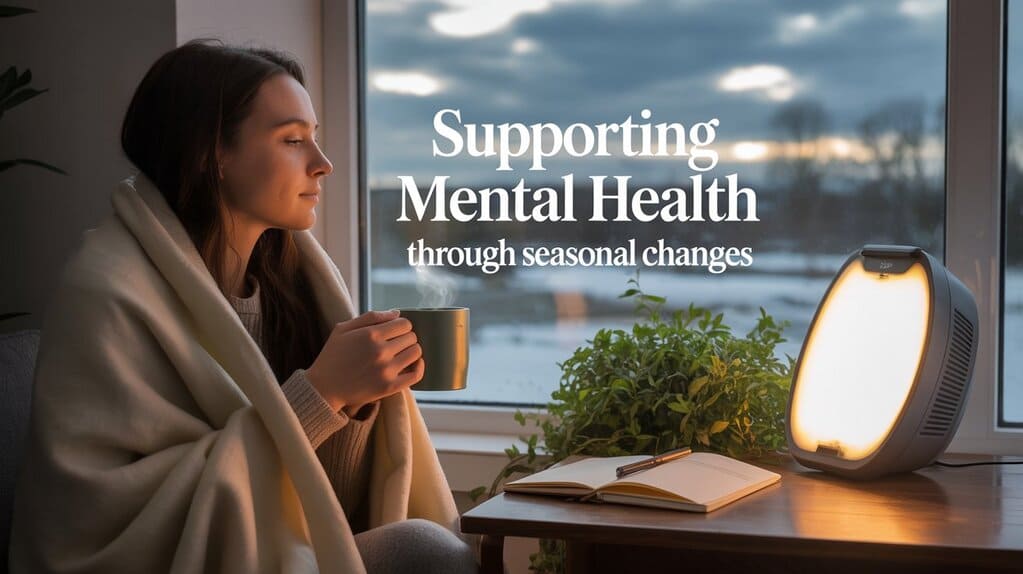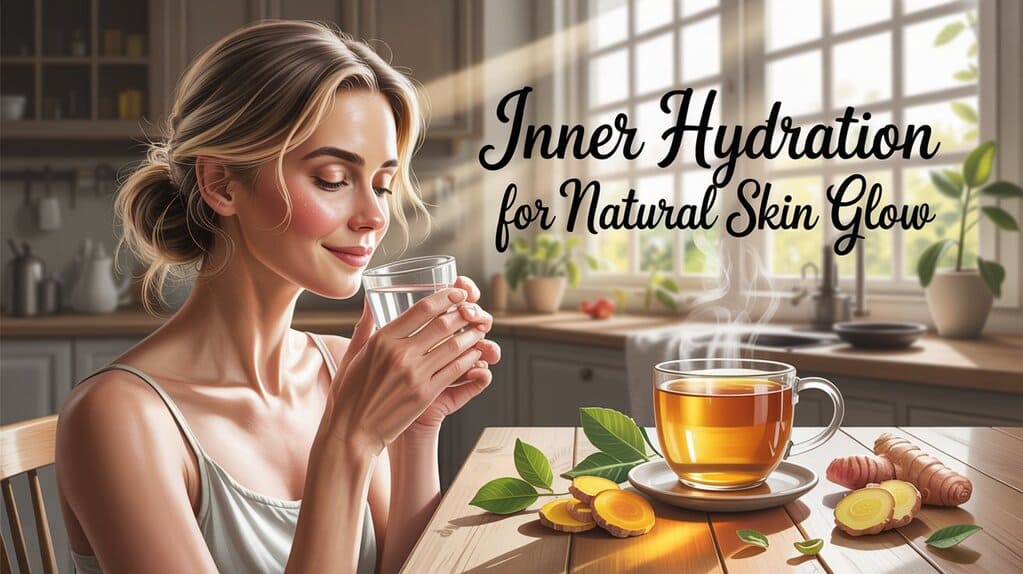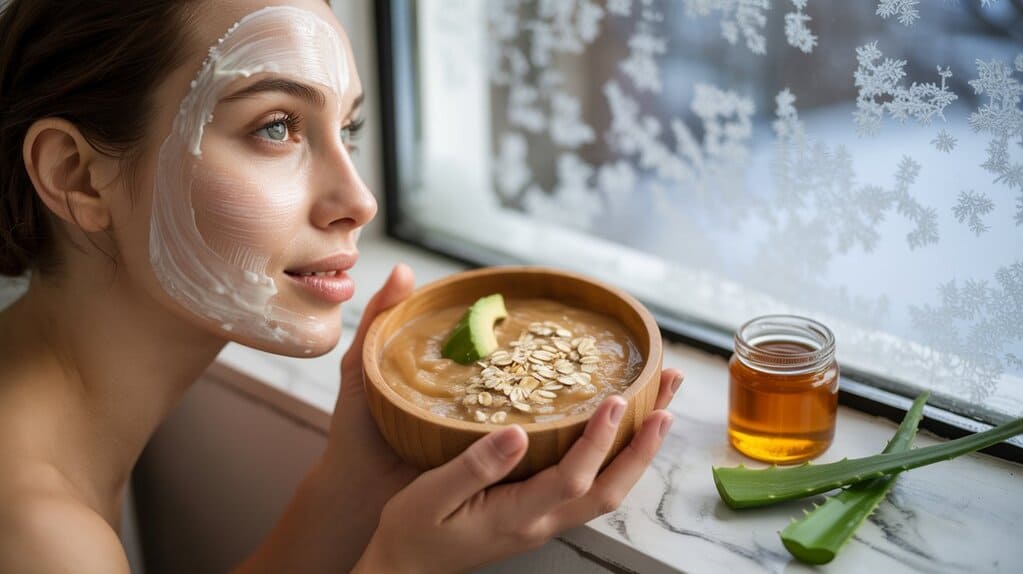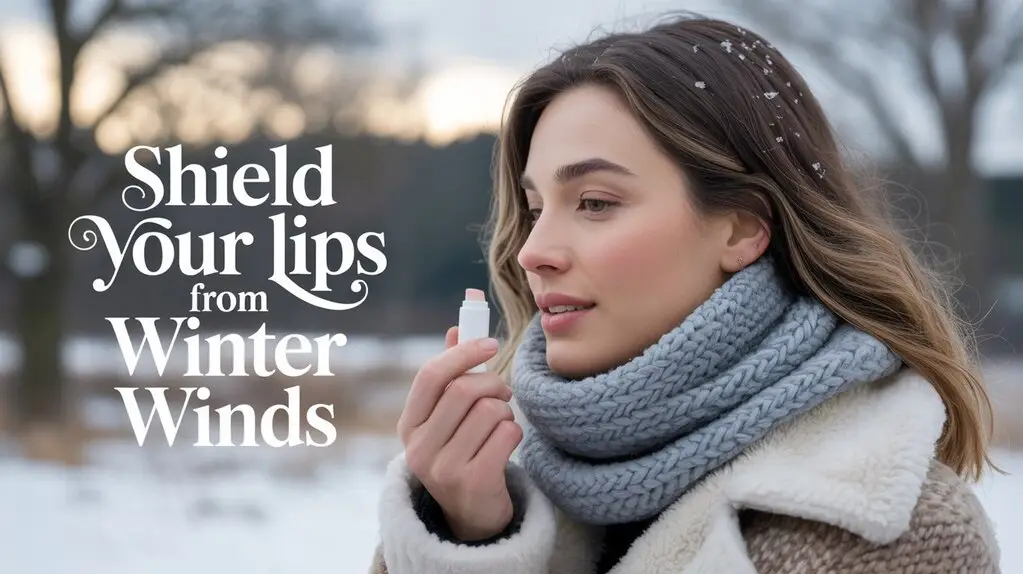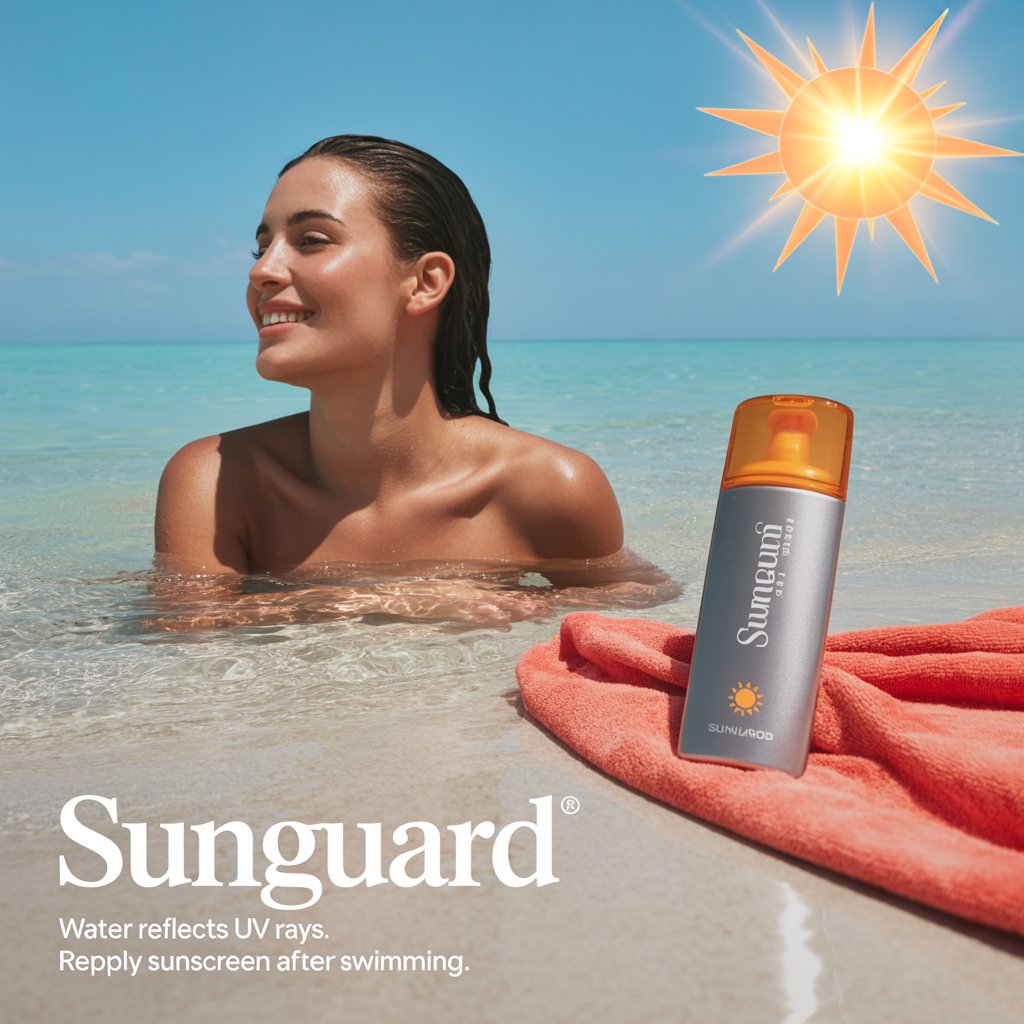
Introduction
Summer is often associated with sunshine, vacations, and outdoor fun. However, it’s also a time when misconceptions about health, skincare, hydration, and sun exposure abound. Some of these myths, if believed, can put our health at risk, especially during heatwaves and long beach days. In this article, we separate summer myths from facts, using recent medical studies, expert insights, and reputable sources like Wikipedia, Harvard Health, and the Mayo Clinic.
Body
☀️ Myth 1 : You Don’t Need Sunscreen on Cloudy Days
Fact : UV Rays Penetrate Clouds
Many people believe that cloudy weather means less sun exposure, but this is dangerously wrong. According to the American Academy of Dermatology, up to 80% of UV rays can pass through clouds. Overexposure to UV rays can lead to sunburn, premature aging, and even skin cancer (Melanoma).
Study Reference: A 2023 article published in the Journal of Clinical and Aesthetic Dermatology confirms that UVA rays, which penetrate deeper into the skin, are present in equal intensity during all daylight hours and throughout the year, including cloudy days.
Key Point: Always apply broad-spectrum sunscreen (SPF 30 or higher) even when it’s overcast.
💧 Myth 2 : If You Don’t Feel Thirsty, You’re Hydrated
Fact : Thirst is a Late Sign of Dehydration
Hydration is crucial in summer, but many people only drink water when they feel thirsty. According to the Mayo Clinic, thirst occurs after the body is already dehydrated. Dehydration can lead to dizziness, fatigue, and in severe cases, heatstroke.
Medical Tip : The color of your urine is a good hydration indicator. Clear or light-yellow urine means good hydration, while dark yellow suggests dehydration.
Key Point : Drink water consistently throughout the day, especially during outdoor activities or workouts.
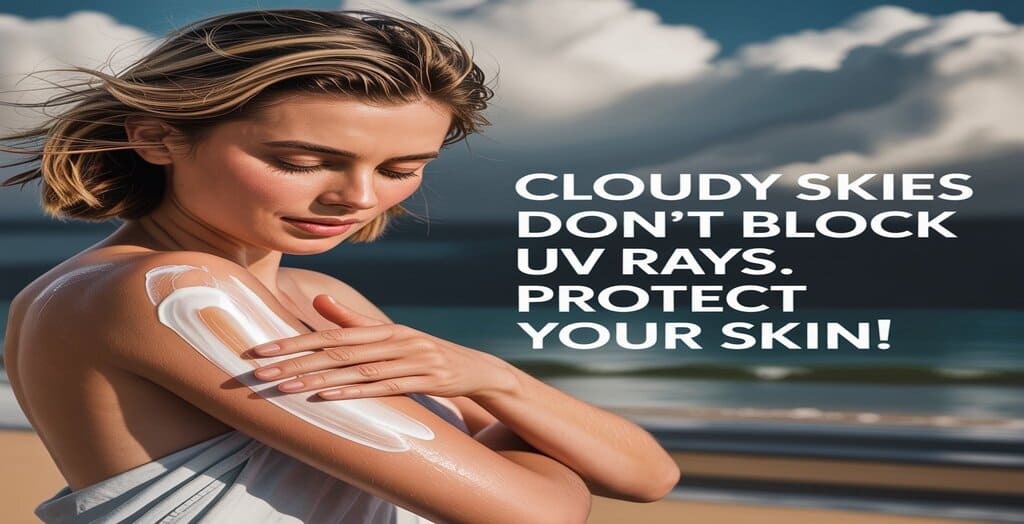
👒 Myth 3 : A Tan Is Healthy
Fact: Tanning Damages Skin Cells
There is a dangerous myth that having a tan protects you from sunburn. In reality, a tan is a sign of skin damage. According to the World Health Organization (WHO) and Wikipedia, tanning is the result of increased melanin production in response to UV damage. This process does not prevent further skin damage or protect against DNA mutations that can lead to skin cancer.
Scientific Fact: A 2022 study published in The Lancet Oncology highlighted that melanoma risk increases significantly with intentional tanning, especially in people under age 35.
Key Point: A tan is not a shield—it’s a warning.
🍦 Myth 4 : Ice Cream Helps You Cool Down
Fact: Cold Foods May Increase Internal Heat
While eating cold foods like ice cream or drinking icy beverages might feel refreshing, they can actually cause your body to generate heat internally. The digestive process works harder to bring cold items to body temperature, producing more heat as a result.
Reference : According to Harvard Health Publishing, cooling off with room-temperature water or foods with high water content (like cucumbers or watermelon) is more effective for maintaining a healthy body temperature.
Key Point : Cool off from the outside (shade, fans, water) and consume light, hydrating meals.

🌊 Myth 5 : Swimming is Safe From Sunburn
Fact : Water Reflects and Magnifies UV Rays
Water doesn’t block UV rays—it actually intensifies them. The reflection of sunlight on the water’s surface increases your UV exposure, putting swimmers at higher risk.
Medical Insight: The Skin Cancer Foundation warns that water, sand, and concrete can reflect up to 25% more UV radiation.
Key Point: Apply water-resistant sunscreen and reapply every 40–80 minutes, especially after swimming.
🌡️ Myth 6: Heatstroke Only Affects the Elderly
Fact : Heatstroke Can Affect Anyone
While older adults and young children are more vulnerable, heatstroke can affect anyone who is exposed to extreme heat without proper hydration or rest. Athletes and outdoor workers are particularly at risk.
Study Data: A 2024 report in the New England Journal of Medicine states that 40% of heatstroke victims in urban areas are under age 40, often due to intense exercise in hot weather.
Key Point : Recognize the signs—confusion, headache, flushed skin, lack of sweating—and take immediate action.
📊 Chart : Myths vs. Facts – Summer Health Awareness
| Common Myth | Reality Based on Science |
|---|---|
| Sunscreen is not needed on cloudy days | UV rays penetrate clouds—sunscreen is always necessary |
| Thirst equals dehydration | Thirst is a late sign—drink water regularly |
| A tan protects against sunburn | A tan is a sign of skin damage |
| Cold food cools your body | Digestion of cold foods increases internal body temperature |
| Swimming protects from UV rays | Water reflects UV rays, increasing sunburn risk |
| Only elderly suffer from heatstroke | Anyone can suffer from heatstroke, especially in extreme heat |
📚 Scientific & Reputable References
- Wikipedia: Summer Health Risks
- Harvard Health: Summer Safety Myths
- Mayo Clinic: Dehydration
- American Academy of Dermatology
- Skin Cancer Foundation
- Journal of Clinical and Aesthetic Dermatology, 2023 edition.
- The Lancet Oncology, 2022: “Sun Exposure and Skin Cancer”
- New England Journal of Medicine, 2024: “Urban Heat and Young Adults”
Conclusion
The summer season is one of joy, exploration, and energy, but it also demands caution and awareness. By debunking these common myths and relying on scientific evidence, we empower ourselves to enjoy summer safely and healthily. Whether it’s the proper use of sunscreen, staying hydrated, or understanding how the body reacts to heat and food, knowledge is your most valuable companion in the summer heat.
Always consult credible sources like Harvard Health, Wikipedia, and medical journals to distinguish between myth and medical truth. Stay safe, stay smart, and make the most of your summer—the right way.
